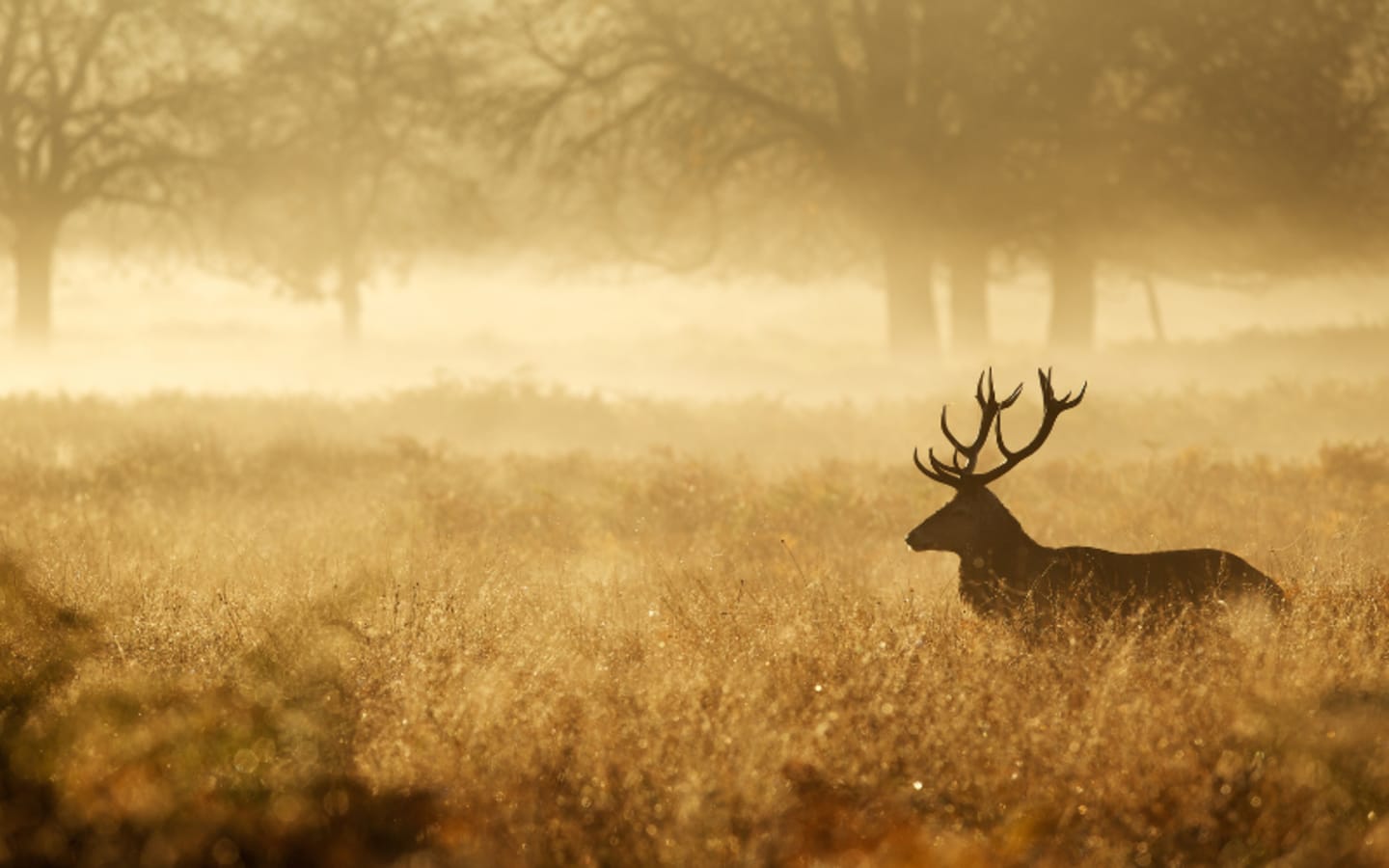Deer hunting is more than a pastime; it’s a way of life for many Americans who spend crisp fall mornings perched in tree stands or tucked into ground blinds, waiting for that perfect shot. But the deer hunting world is filled with myths and half-truths, often pushed by an industry eager to sell the next big product or tactic. These misconceptions can lead hunters down the wrong path, wasting time, money, and effort. Drawing from years of experience and insights from seasoned hunters, this article uncovers the realities behind deer hunting and offers practical advice for those chasing whitetails on their own terms.
The Industry Wants You to Buy, Not Learn
The deer hunting industry thrives on selling dreams. From glossy magazine covers showcasing monster bucks to TV shows with hunters whispering into cameras from luxurious tower blinds, the message is clear: buy this product, and you’ll bag a trophy. But the truth is far less glamorous. Success in the woods doesn’t come from a bottle of scent eliminator or a fancy new broadhead. It comes from understanding the land, the deer, and the grind of putting in time.
Many products lining store shelves promise quick fixes. Camouflage patterns claim to make you invisible, food plot seeds guarantee deer will flock to your land, and high-tech gadgets swear they’ll pinpoint your next buck. While some tools can help, they’re no substitute for the skills learned through hours spent observing deer behavior. The industry rarely emphasizes this because woodsmanship—the art of reading the land and understanding deer—doesn’t sell as easily as a shiny new product. Hunters who rely on gear over experience often find themselves frustrated, wondering why their hunts don’t mirror the ones on TV.
Not Every Tip Works for Every Hunter
Hunting advice often sounds like gospel, especially when it comes from a well-known figure on a show or in a magazine. But what works for a hunter on a private ranch in the Midwest might be useless for someone trekking through public land in the South. Much of the advice floating around comes from folks hunting in controlled settings—think guided trips or media-sponsored hunts with ideal conditions. These setups don’t reflect the reality for most hunters, who deal with pressured deer, limited time, and less-than-perfect terrain.
Take common tips like “don’t hunt mornings early in the season” or “save your best stand for perfect weather.” These might hold true in specific situations, but they fall apart for hunters with only a weekend to spare or those on public land where deer face constant pressure. Broad, one-size-fits-all strategies can do more harm than good, leading hunters to miss opportunities or overthink their approach. Instead, the key is to adapt advice to your specific situation—your land, your deer, and your schedule.
Finding Your Own Path to Success
In recent years, trends like mobile hunting, ground blinds, or targeting specific buck beds have gained traction, often hyped by influencers or experienced DIY hunters. While these tactics can work, they’re not universal. For example, zeroing in on a buck’s bedding area can be a game-changer in certain regions, like the Midwest, where terrain and cover make it feasible. But for hunters in vast northern forests or dense southern pines, this strategy might be impractical or impossible.
The truth is, no single tactic guarantees success. What works depends on the land you hunt, the deer population, and your own strengths as a hunter. A cookie-cutter approach pushed by someone else’s success story might not fit your reality. Instead, hunters should experiment, observe, and refine their own methods. Spend time scouting, watch how deer move through your area, and test different setups. Over time, you’ll develop a style that suits your hunting grounds and maximizes your chances of filling a tag.
Food Plots Aren’t a Magic Bullet
Food plots are a staple of deer hunting media, often portrayed as the ultimate draw for big bucks. The idea is seductive: plant a lush field of clover or brassicas, and deer will pour in, ready for an easy shot. But reality paints a different picture. Studies show mature bucks rarely visit food plots during daylight hours, especially outside the rut. These older, wiser deer stick to natural cover, moving cautiously and avoiding open areas where they feel exposed.
Building a food plot also requires significant time, money, and land management. For hunters with small parcels or limited resources, the return on investment might not justify the effort. Instead of trying to reshape the landscape to lure deer, focus on understanding their natural patterns. Scout for well-worn trails, rubs, and scrapes. Watch where deer enter and exit cover. By hunting deer where they already want to be—along natural travel routes or near bedding areas—you’ll increase your odds without breaking the bank or the plow.
Hard Work Beats Hype Every Time
If there’s one truth that cuts through the noise of the hunting industry, it’s this: success comes from effort. No product, tactic, or shortcut can replace time in the woods. Deer are creatures of habit, but they’re also unpredictable, influenced by weather, pressure, and food sources. To outsmart them, you need to be out there—scouting, sitting, and learning—day after day, season after season.
Getting to the woods early and staying late can make all the difference. Many hunters stick to “prime time” hours around dawn and dusk, but deer often move outside these windows, especially on pressured land. Arriving before first light or lingering past sunset can put you in position for unexpected opportunities. It’s not glamorous, and it’s not what the industry sells, but it’s what works. The more time you invest in understanding your hunting area, the better you’ll become at predicting deer movement and choosing the right stand or blind.
Learning from the Land
One of the biggest myths in deer hunting is that you need to manipulate the environment to succeed. Food plots, mineral licks, and scent attractants all play into this idea, suggesting you can engineer the perfect hunt. But deer have survived for centuries without human intervention, and their natural instincts drive their behavior far more than any man-made lure.
Instead of trying to control deer, learn from them. Spend time walking the land, noting where deer bed, feed, and travel. Look for subtle signs like faint trails through thick cover or a cluster of rubs along a ridge. These clues reveal how deer use the landscape, and they’re more valuable than any product or tactic. By respecting the deer’s natural patterns and minimizing your impact on their environment, you’ll set yourself up for consistent success.
The Reality of Trophy Bucks
Every hunter dreams of a wall-hanger, but the pursuit of trophy bucks is where the industry’s influence is strongest. TV shows and magazines love to showcase giant antlers, creating the impression that a 150-inch buck is just one product or strategy away. In reality, mature bucks are the hardest to hunt. They’ve survived multiple seasons, learned to avoid hunters, and often move under the cover of darkness. Chasing them requires patience, persistence, and a willingness to accept that success isn’t guaranteed.
For most hunters, the focus should be on enjoying the process rather than chasing a score. A mature doe or a young buck can provide just as much satisfaction—and meat for the freezer—as a trophy. By setting realistic expectations and valuing the hunt itself, you’ll avoid the frustration that comes from chasing an industry-driven ideal.
Cutting Through the Noise
The deer hunting industry isn’t going away, and it’s not all bad. Some products, like quality optics or reliable broadheads, can make a difference. But the core of successful hunting lies in skills that can’t be bought: observation, persistence, and adaptability. By focusing on the land, the deer, and your own experience, you can cut through the hype and build a hunting approach that works for you.
Next time you’re tempted by a new gadget or a hot tip from a hunting show, pause and consider your own situation. Spend a few extra hours scouting, sit a little longer in the stand, and trust your instincts. The woods have more to teach you than any advertisement, and the deer are waiting for those willing to put in the work.





